North Texas’s scorching summer temperatures make having shade trees in your yard a necessity for enjoying outdoor spaces. Shade trees not only provide relief from the intense heat but also add beauty, privacy, and value to your property. However, not all trees are suited for North Texas’ climate and soil conditions. In this article, we will explore some of the best shade trees that thrive in North Texas and can create a cool and inviting outdoor environment.
Shumard Oak (Quercus shumardii)
Shumard Oak is a popular choice for providing ample shade in North Texas. This native deciduous tree has a broad canopy that casts a significant amount of shade, making it ideal for larger yards. It features deeply lobed, dark green leaves that turn vibrant shades of red and orange in the fall, creating a stunning display. Shumard Oak is also drought-tolerant once established, making it well-suited for the region’s hot and dry summers.
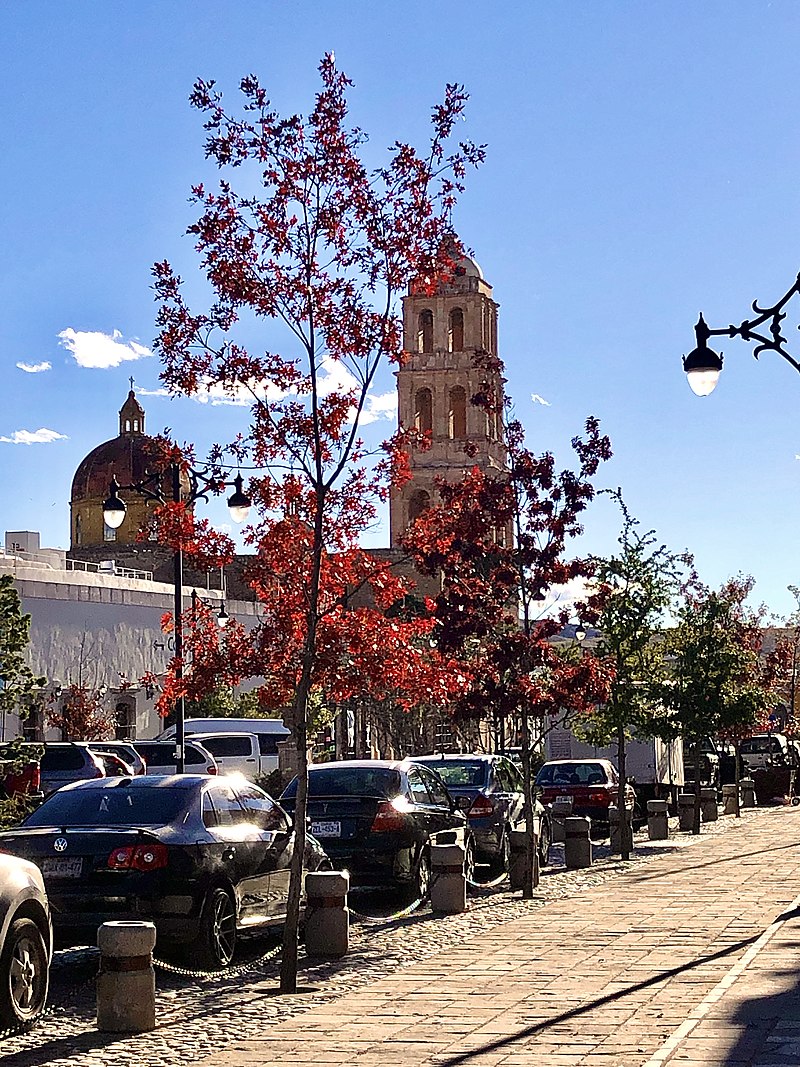
Cedar Elm (Ulmus crassifolia)
Cedar Elm is a tough and adaptable shade tree that is native to Texas. This deciduous tree boasts a rounded canopy with dense foliage, providing excellent shade coverage. The unique feature of Cedar Elm is its ability to retain its leaves throughout the winter, offering year-round privacy and shade. It has a moderate growth rate, making it suitable for medium to large yards.
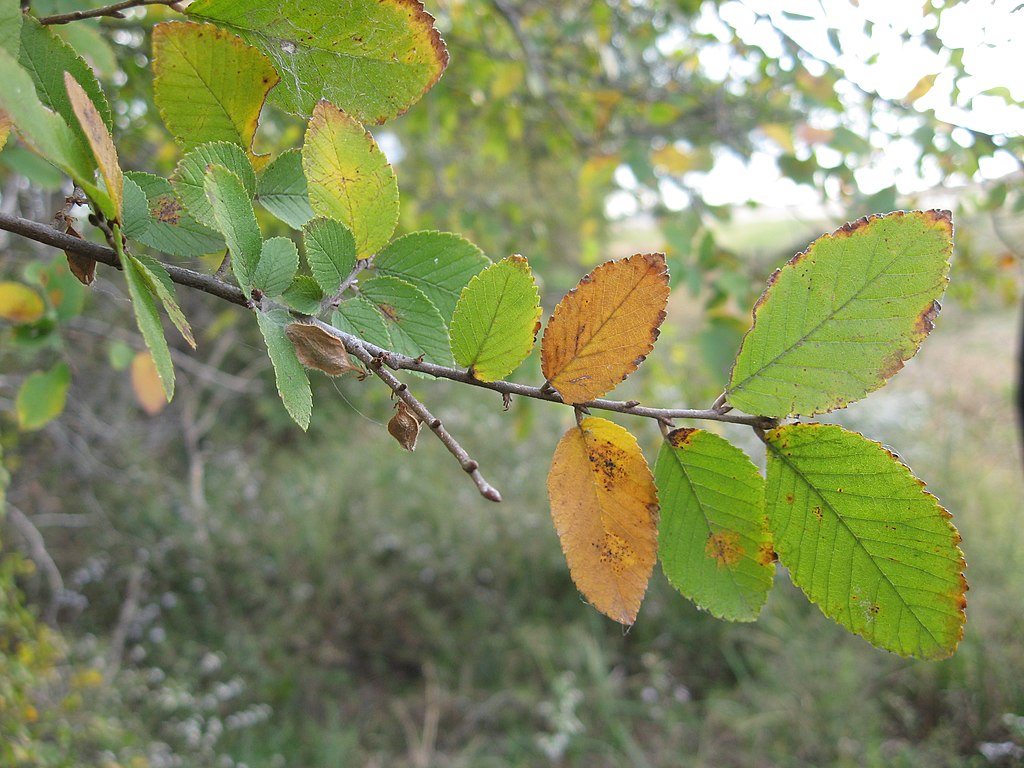
American Sycamore (Platanus occidentalis)
The American Sycamore is another excellent choice for a shade tree in North Texas. It has a majestic appearance with its white and tan exfoliating bark and large, broad leaves that create dense shade. This deciduous tree is known for its fast growth, reaching impressive heights that make it suitable for larger spaces. However, the American Sycamore requires ample water and should be planted in areas with adequate moisture.
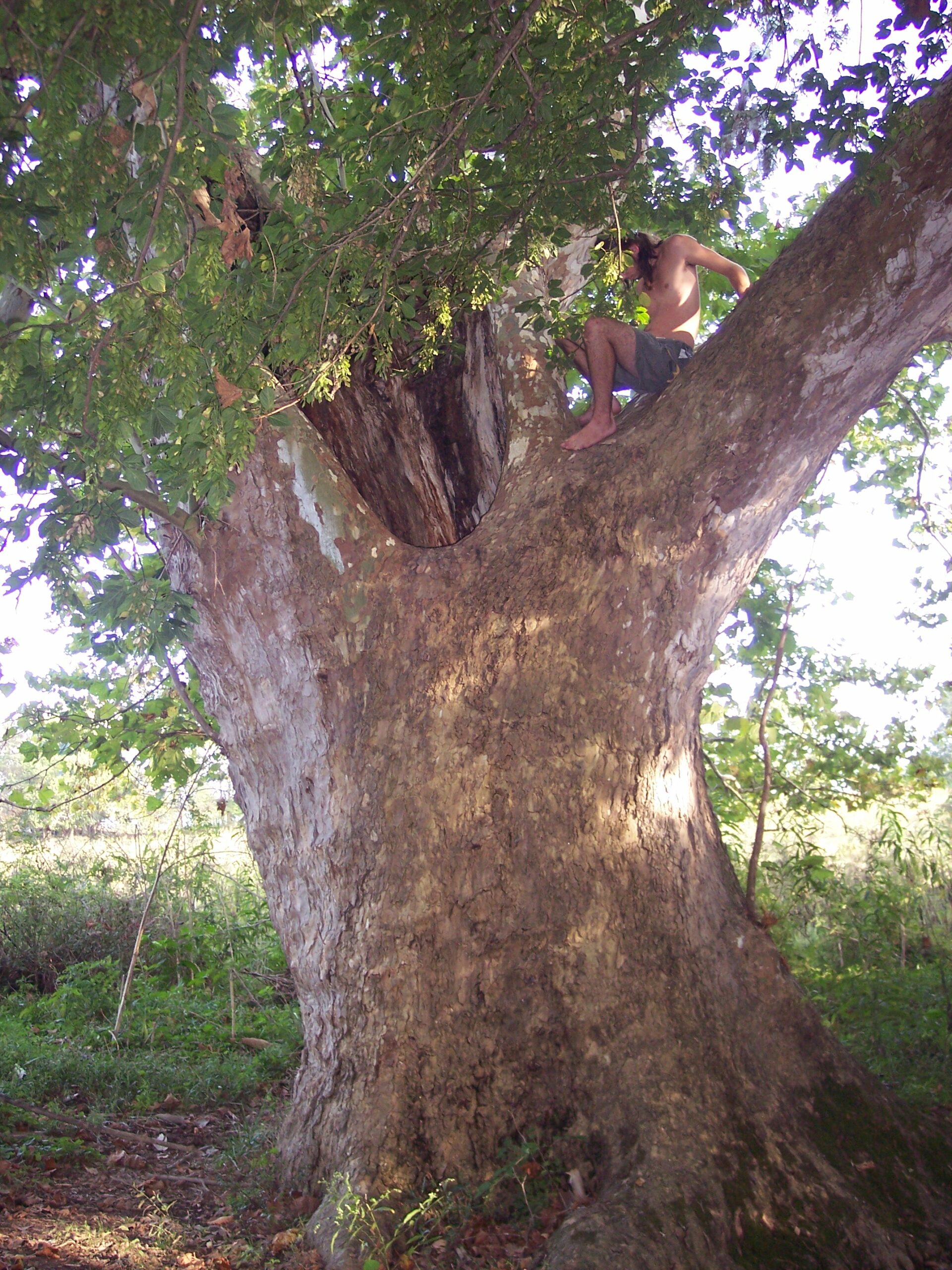
Chinkapin Oak (Quercus muehlenbergii)
Chinkapin Oak is a sturdy and adaptable shade tree that thrives in North Texas cities. This deciduous tree has a rounded canopy, providing excellent shade during the summer months. It features glossy, dark green leaves that transition to shades of yellow and orange in the fall, making it a visually appealing choice. Chinkapin Oak is also known for its tolerance to drought and alkaline soils.
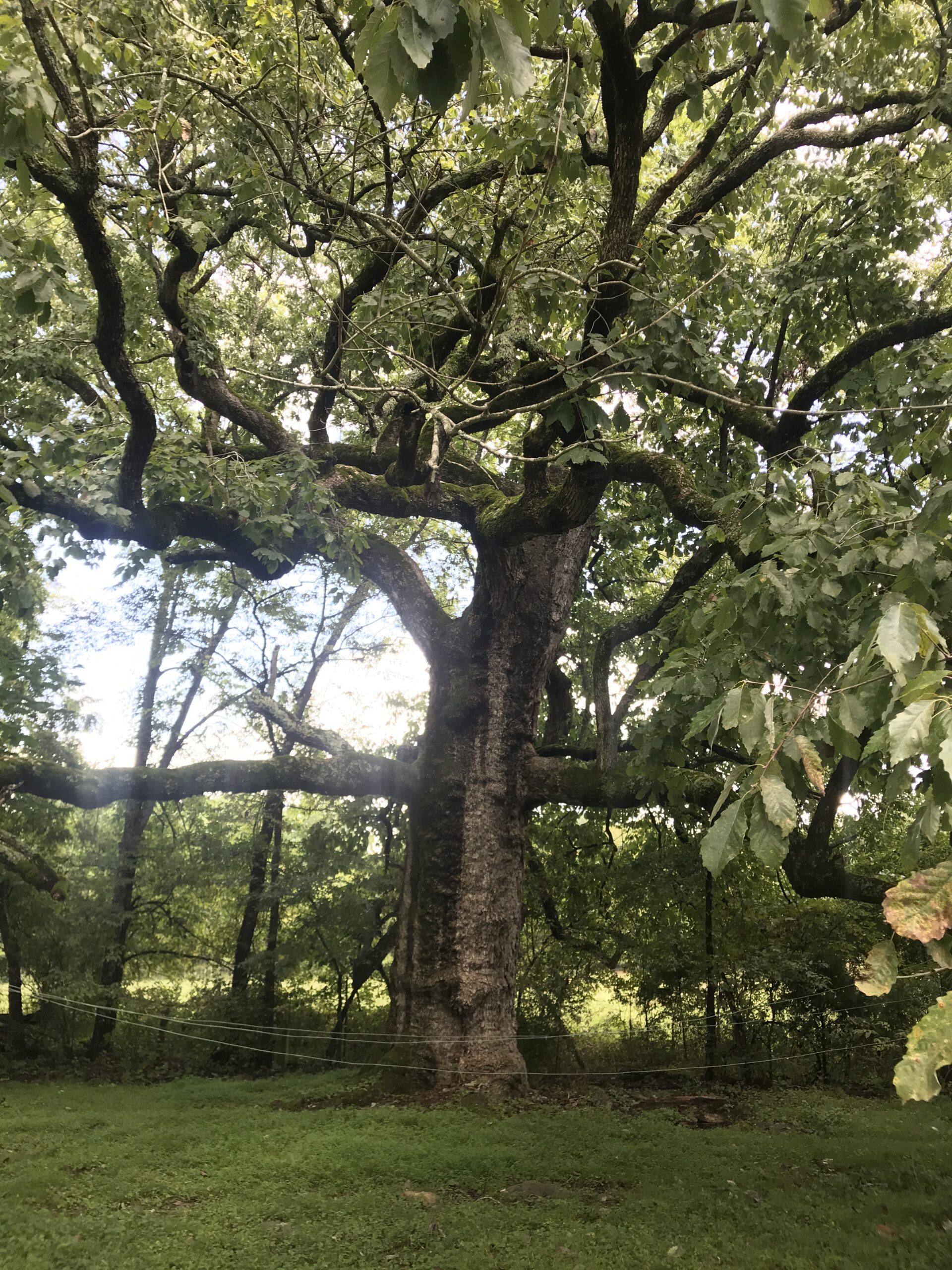
Mexican White Oak (Quercus polymorpha)
Mexican White Oak, or Monterrey Oak, is a semi-evergreen shade tree that flourishes in the North Texas region. This tree features lustrous, dark green foliage throughout most of the year, providing reliable shade. In the fall, the leaves turn a lovely shade of red before dropping. Mexican White Oak has a moderate growth rate and adapts well to a wide range of soil types, making it a versatile choice for North Texas landscapes.
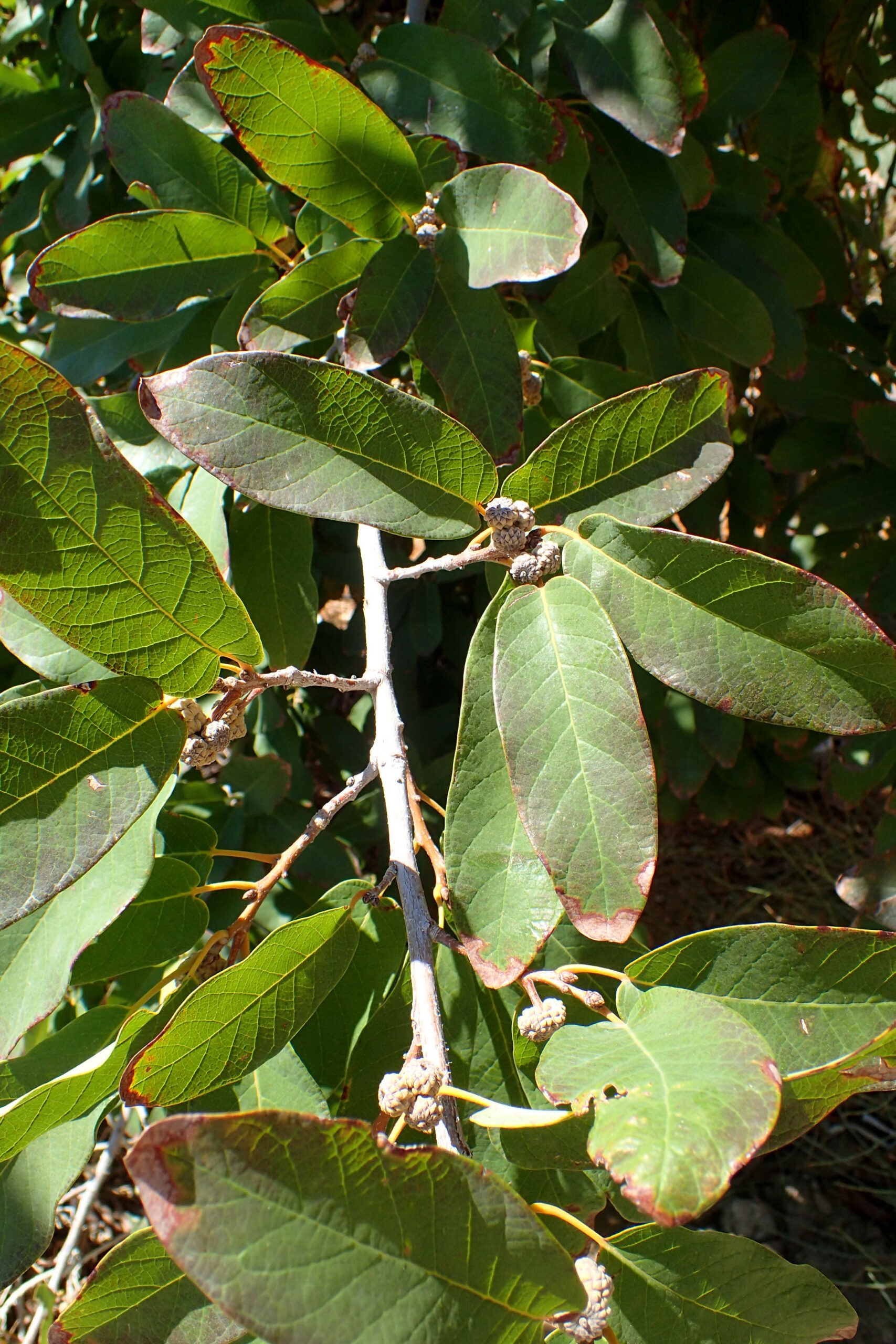
Pecan (Carya illinoinensis)
The Pecan tree is a large deciduous tree that not only provides generous shade but also offers a bonus of delicious nuts. Pecans are native to the region and are well-suited for North Texas climates. While they require regular watering, the ample shade they provide is worth the effort. Its large, spreading canopy and beautiful compound leaves make it an attractive addition to any yard. Learn how to care for pecan trees.
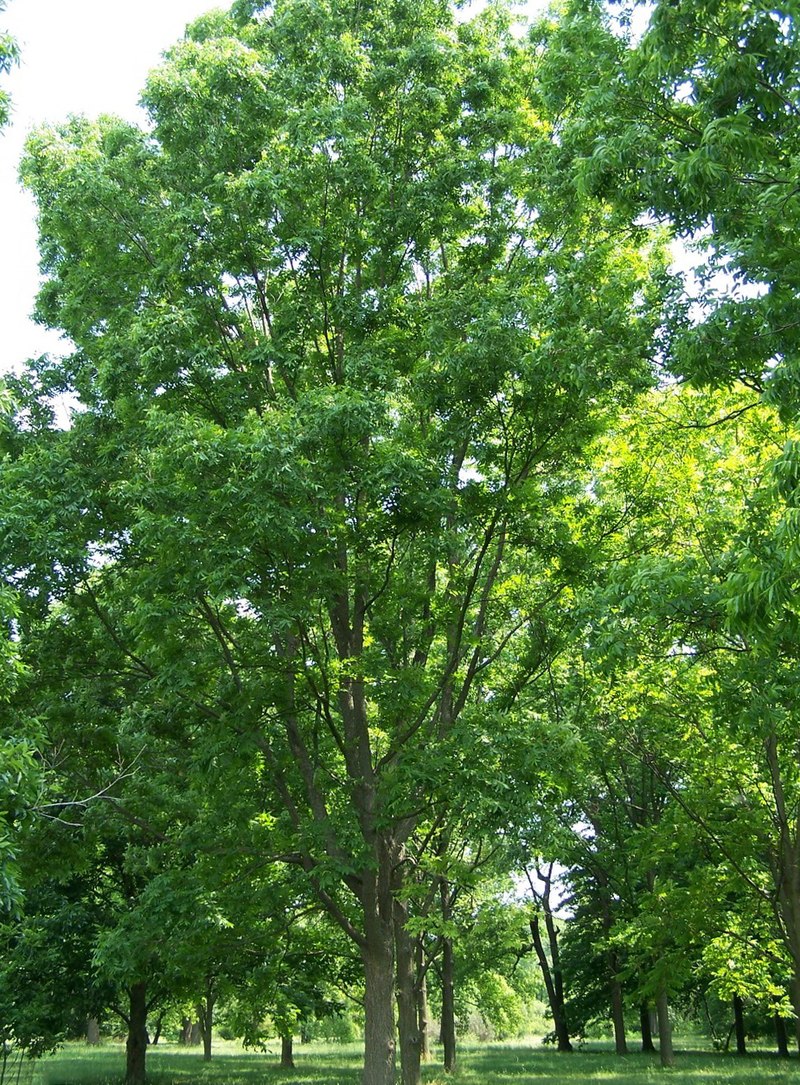
Keep Shade Trees Looking Their Best
Maintaining your shade tree is crucial not only for its health and beauty but also for the safety of your property. Regular tree care ensures that your shade tree remains strong, properly balanced, and resilient to various environmental factors. Here are some general tree care tips to help you keep your shade tree in optimal condition:
Pruning: Regular pruning helps shape the tree, remove dead or diseased branches, and promote healthy growth. Prune during the dormant season to minimize stress on the tree and ensure faster healing. Be mindful of proper pruning techniques to avoid damaging the tree. Contact us for help with tree and shrub trimming services.
Mulching: Apply a layer of organic mulch around the base of the tree. Mulch helps retain soil moisture, suppress weed growth, and regulate soil temperature. However, ensure that the mulch is spread evenly and does not touch the trunk to avoid moisture-related issues.
Watering: Adequate watering is essential, especially during dry periods. Newly planted shade trees require more water to establish their root system. Water deeply and infrequently to encourage deep root growth. Consider installing a drip irrigation system to deliver water directly to the roots.
Fertilization: Regular fertilization provides essential nutrients for tree growth. However, it’s important to understand the specific needs of your shade tree to avoid over-fertilizing. Consult an arborist to determine the right fertilizer and application schedule for your tree species.
Monitoring for Pests and Diseases: Regularly inspect your shade tree for signs of pests or diseases. Look for unusual leaf discoloration, wilting, or the presence of pests like aphids or borers. Sometimes a tree is beyond help. When that happens, you need a trusted tree removal company, like Torres Tree Service.
Supporting the Tree: Proper support can prevent damage during storms or high winds. Use tree stakes or braces to support young or weak trees. Monitor and adjust them as the tree grows to prevent girdling or excessive rubbing on the trunk.
Wrapping Up
When selecting shade trees for your North Texas landscape, consider factors such as space availability, desired growth rate, and water requirements. Consulting with a professional arborist or nursery will provide additional guidance tailored to your specific needs. By carefully selecting and planting the right shade trees, you will create a comfortable outdoor atmosphere and enjoy the beauty and benefits they bring to your property.
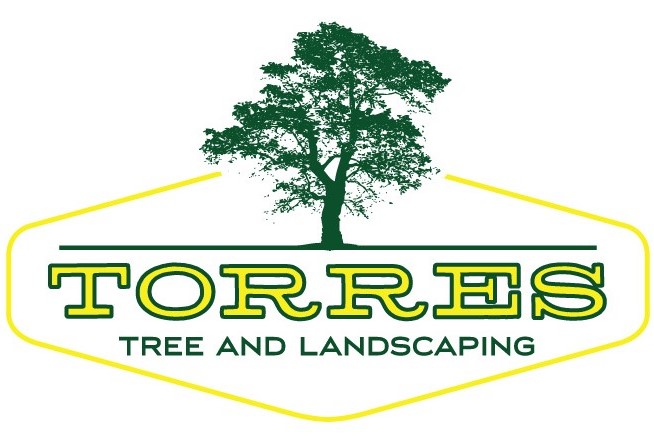
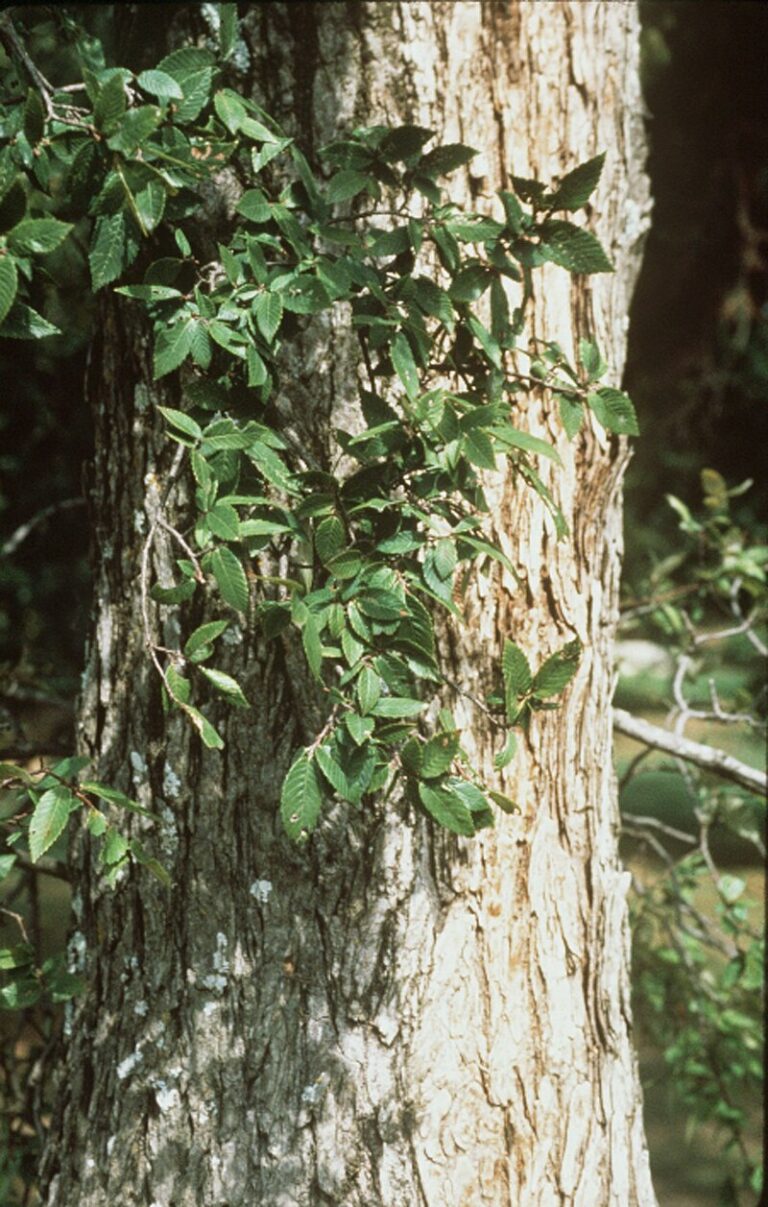
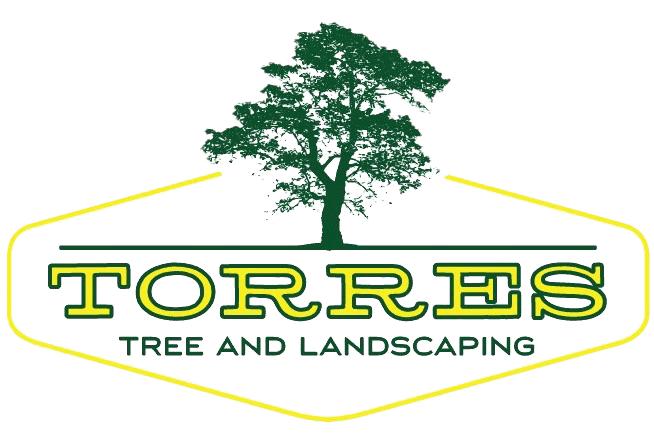
2 Responses
Thank you for posting all the great information. I thoroughly enjoyed reading and learning .
As someone who loves spending time outdoors, especially on hot days, having some shade trees in the yard is an absolute game-changer. Not only do they help keep things cool, but they also add a whole lot of beauty and value to our outdoor spaces. In some cases, they smell amazing.
It’s interesting to learn about trees that thrive in the south. In the north, we have evergreens, oak, and lots of maple. Around here, instead of pecan trees, we have walnut trees, and you’re right, getting nuts off of the trees is great!
Knowing how to take care of trees properly with pruning, mulching, watering, etc. is important for everyone to know to keep them healthy and happy. Trees are wonderful to have in a yard, and I like to keep them living and healthy. A yard without healthy trees just isn’t as nice.